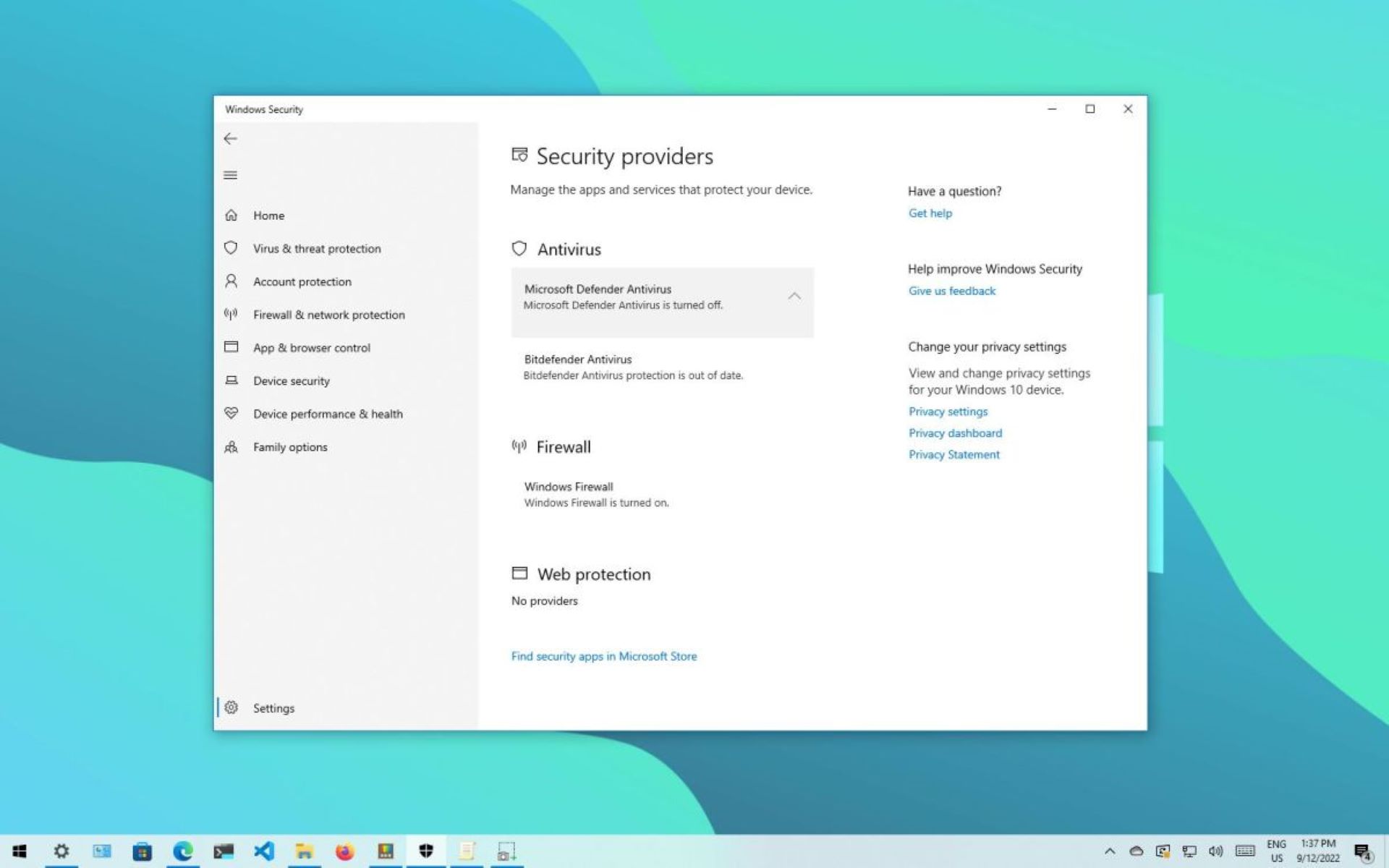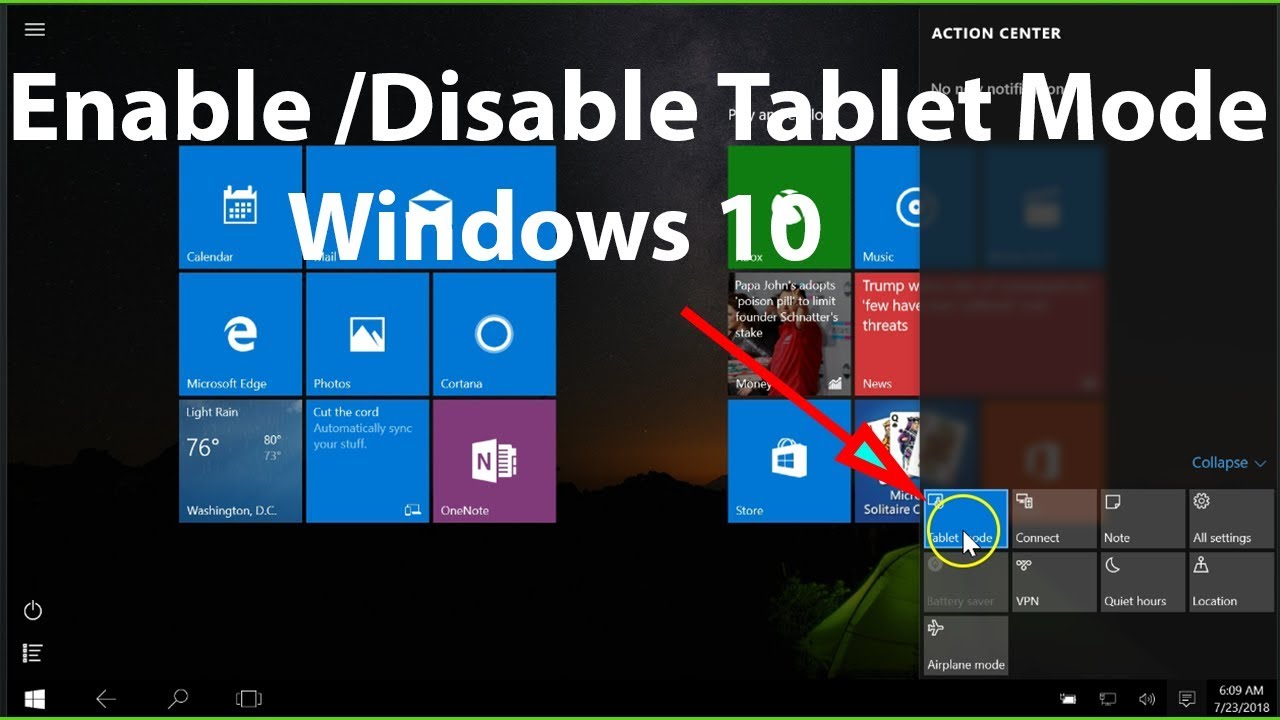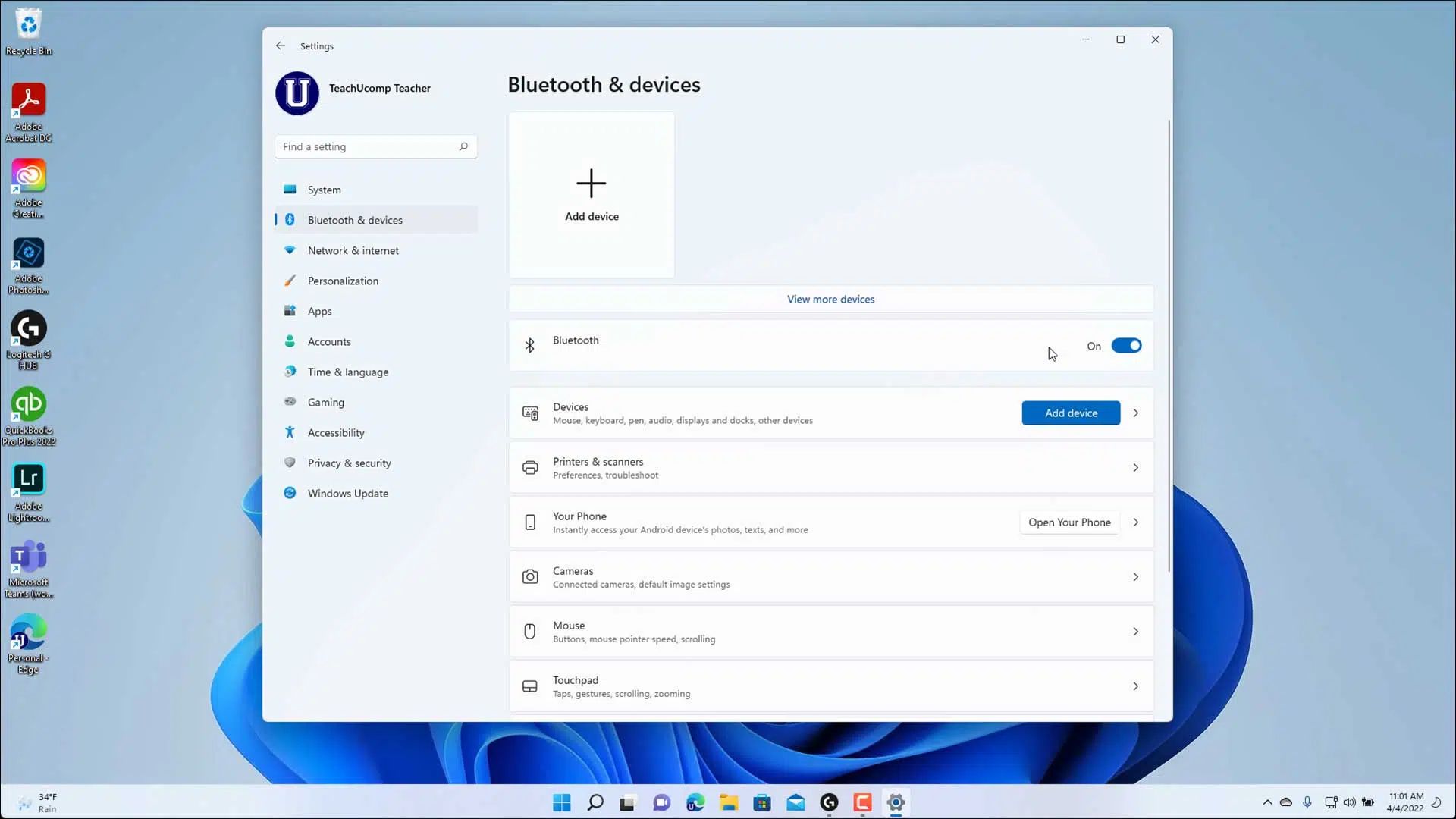Introduction
The Windows key, located on your keyboard, is a powerful tool that allows you to access various features and shortcuts in Windows operating systems. However, there may be instances where the Windows key is disabled, either intentionally or unintentionally. If you find yourself in such a situation and want to re-enable the Windows key, you’ve come to the right place.
In this article, we will guide you through the process of enabling the Windows key on your computer. Whether you’re using Windows 10, Windows 8, or an older version of Windows, the steps outlined here are applicable to all. With just a few simple tweaks, you’ll regain full functionality of the Windows key in no time.
Note that the process involves making changes to the Windows registry, which is a crucial part of your operating system. It’s important to follow the instructions carefully to avoid any unintended consequences. As a precaution, we recommend creating a backup of your registry before proceeding with the steps mentioned here.
So, if you’re ready to regain access to the Windows key and make the most out of its features, let’s dive into the steps to enable it.
Step 1: Open the Registry Editor
The first step in enabling the Windows key is to open the Registry Editor. The Registry Editor is a powerful tool that allows you to make changes to the Windows registry, which contains configuration settings for your operating system.
To open the Registry Editor, follow these steps:
- Press the Windows key + R on your keyboard. This will open the Run dialog box.
- Type “regedit” (without quotes) in the Run dialog box and press Enter. This will launch the Registry Editor.
- If prompted by User Account Control, click “Yes” to grant permission to make changes to your PC.
Once the Registry Editor is open, you will see a window with a hierarchical tree structure on the left and corresponding keys and values on the right.
Congratulations! You have successfully opened the Registry Editor, and you are now ready to navigate to the next step to enable the Windows key.
Step 2: Navigate to the “Explorer” key
Now that you have the Registry Editor open, it’s time to navigate to the “Explorer” key, where we can make the necessary changes to enable the Windows key.
Follow these steps to locate the “Explorer” key:
- In the left pane of the Registry Editor, you will see a list of root keys. Expand the “HKEY_CURRENT_USER” folder by clicking on the arrow next to it.
- Continue expanding the following folders in succession: “Software” -> “Microsoft” -> “Windows” -> “CurrentVersion” -> “Policies”.
- Within the “Policies” folder, locate the “Explorer” key. If the “Explorer” key doesn’t exist, you will need to create it. To do so, right-click on the “Policies” folder, select “New”, and then click on “Key”. Name the new key “Explorer”.
Once you have located or created the “Explorer” key, you are ready to move on to the next step in enabling the Windows key.
Step 3: Create a new DWORD value
In this step, we will create a new DWORD value within the “Explorer” key to enable the Windows key. The DWORD value will control the behavior of the Windows key on your computer.
Follow these instructions to create the necessary DWORD value:
- With the “Explorer” key selected in the left pane of the Registry Editor, right-click on an empty area in the right pane. From the context menu, choose “New”, and then select “DWORD (32-bit) Value”.
- Name the newly created DWORD value “NoWinKeys” (without quotes).
- Double-click on the “NoWinKeys” value to modify its properties.
- In the “Value data” field, enter the number “0” (zero) to enable the Windows key. If the “NoWinKeys” value already exists and its value data is set to “1”, change it to “0”.
- Click “OK” to save the changes.
By creating and modifying the “NoWinKeys” DWORD value, you have taken a significant step towards enabling the Windows key functionality on your computer.
Step 4: Modify the DWORD value
Now that you have created the “NoWinKeys” DWORD value, the next step is to modify its value to enable the Windows key on your computer. This value will control whether the Windows key is enabled or disabled.
Follow these steps to modify the DWORD value:
- With the “NoWinKeys” value selected in the right pane of the Registry Editor, double-click on it to open the “Edit DWORD (32-bit) Value” window.
- In the “Value data” field, enter the number “0” (zero) if it’s not already set to that value. This value indicates that the Windows key is enabled.
- Click “OK” to save the changes.
By modifying the “NoWinKeys” DWORD value and setting it to “0”, you have successfully enabled the Windows key on your computer.
It’s important to note that if the “NoWinKeys” value is already set to “0” or doesn’t exist, it means the Windows key is already enabled on your computer.
Now that you have made the necessary changes, let’s move on to the final step to ensure the changes take effect.
Step 5: Restart your computer
After making the necessary modifications to the Windows registry, it’s important to restart your computer to ensure the changes take effect. Restarting your computer will refresh all system processes and settings, including the Windows key functionality.
Follow these simple steps to restart your computer:
- Click on the “Start” menu icon located in the bottom-left corner of your screen.
- From the Start menu, click on the “Power” button.
- In the options that appear, select “Restart”.
Your computer will now begin the restart process. Allow it to complete the restart operation and wait for the system to boot up again.
Once your computer has restarted, test the Windows key functionality by pressing the Windows key on your keyboard. You should now be able to access the various features and shortcuts associated with the Windows key.
Congratulations! You have successfully enabled the Windows key on your computer. Enjoy the enhanced functionality and convenience it brings to your Windows operating system.
Conclusion
Enabling the Windows key on your computer can greatly enhance your productivity and ease of use. With just a few simple steps, you can regain access to the powerful features and shortcuts that the Windows key provides.
In this article, we have guided you through the step-by-step process to enable the Windows key on your Windows operating system. We started by opening the Registry Editor and navigating to the “Explorer” key. From there, we created a new DWORD value and modified its properties to enable the Windows key. Finally, we emphasized the importance of restarting your computer to ensure the changes take effect.
It’s important to note that making changes to the Windows registry can have serious consequences if done incorrectly. It’s always advisable to proceed with caution and create a backup of your registry before making any modifications.
We hope that this article has provided you with clear instructions on how to enable the Windows key on your computer. By following these steps, you can once again take advantage of the valuable functionality that the Windows key offers.
Thank you for reading, and we hope you find this information helpful in enhancing your Windows experience!

























